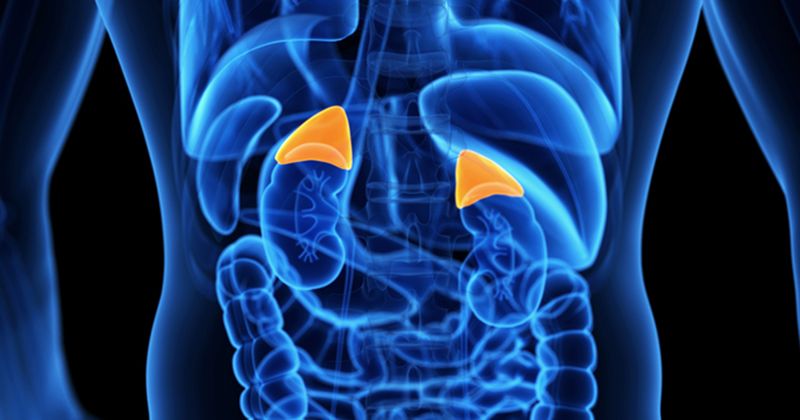Crinecerfont improves testicular function for men with congenital adrenal hyperplasia
An investigational nonsteroidal treatment for classic congenital adrenal hyperplasia improved levels of androstenedione and testosterone for a small cohort of men with the condition, according to data from a phase 2 study.

“Currently, we use glucocorticoids not only to replace the cortisol deficiency in classic congenital adrenal hyperplasia, but also to lower the androgen excess,” Richard J. Auchus, MD, PhD, professor of pharmacology and internal medicine in the division of metabolism, endocrinology and diabetes at the University of Michigan, told Healio. “The latter goal typically requires supraphysiologic dosing of glucocorticoids over a lifetime, which carries elevated risk of long-term complications — obesity, impaired bone mineral density and glucose intolerance, as well as adrenal rest tumors and reduced fertility. Thus, the unmet need is strategies to optimize fertility and to maintain control of the androgen excess and tumor formation, which are mediated via chronic elevations of [adrenocorticotropic hormone], yet limit glucocorticoid treatment to physiology dosing.”

For the phase 2, open-label CAHlibrate study, Auchus and colleagues analyzed data from 18 adults with congenital adrenal hyperplasia (CAH) due to classic 21-hydroxylase deficiency (first-morning 17-hydroxyprogesterone level of at least 1,000 ng/dL) who received four doses of crinecerfont (Neurocrine Bioscience) — from 50 mg at bedtime to 100 mg twice daily — added to stable regimens for 2 weeks. At all doses, crinecerfont lowered 17-hydroxyprogesterone and adrenocorticotropic hormone (ACTH) by more than 50%, and dose-dependent reductions in androstenedione were observed, Auchus said.
“Testosterone [levels] also fell in women, but evaluation of testosterone in men is complicated because testosterone also derives from the testes,” Auchus said.
In a new analysis, presented at the ENDO annual meeting, researchers assessed androstenedione and testosterone data for seven men who completed one or more of the four oral dosing regimens.
Researchers observed dose-dependent reductions in mean 6 a.m. to 10 a.m. androstenedione levels for the men, ranging from 21% to 62% based on dosing. The data were consistent with previously presented data for the total cohort, Auchus said.
In contrast, mean 6 a.m. to 10 a.m. testosterone levels showed inconsistent changes across dose groups, ranging from –4% to 18%. As a result, morning androstenedione to testosterone ratios decreased with dose; mean 24-hour androstenedione to testosterone ratios similarly declined across dose cohorts.
“What we presented this year is that, for the men, androstenedione declined sharply, but testosterone changed little and rose in some dose cohorts,” Auchus said. “This result is consistent with a reduction of the adrenal-derived testosterone component, which by inference suggests that the testicular-derived component increased.”
Auchus said the findings suggest improved testicular function for treated men with classic CAH.
“We will explore this possibility further in subsequent longer studies,” Auchus said. “A phase 3 study is ongoing to determine if chronic crinecerfont therapy will control androgen excess, allow reductions in glucocorticoid dosing to physiologic, and improve quality of life in patients with classic CAH.”

